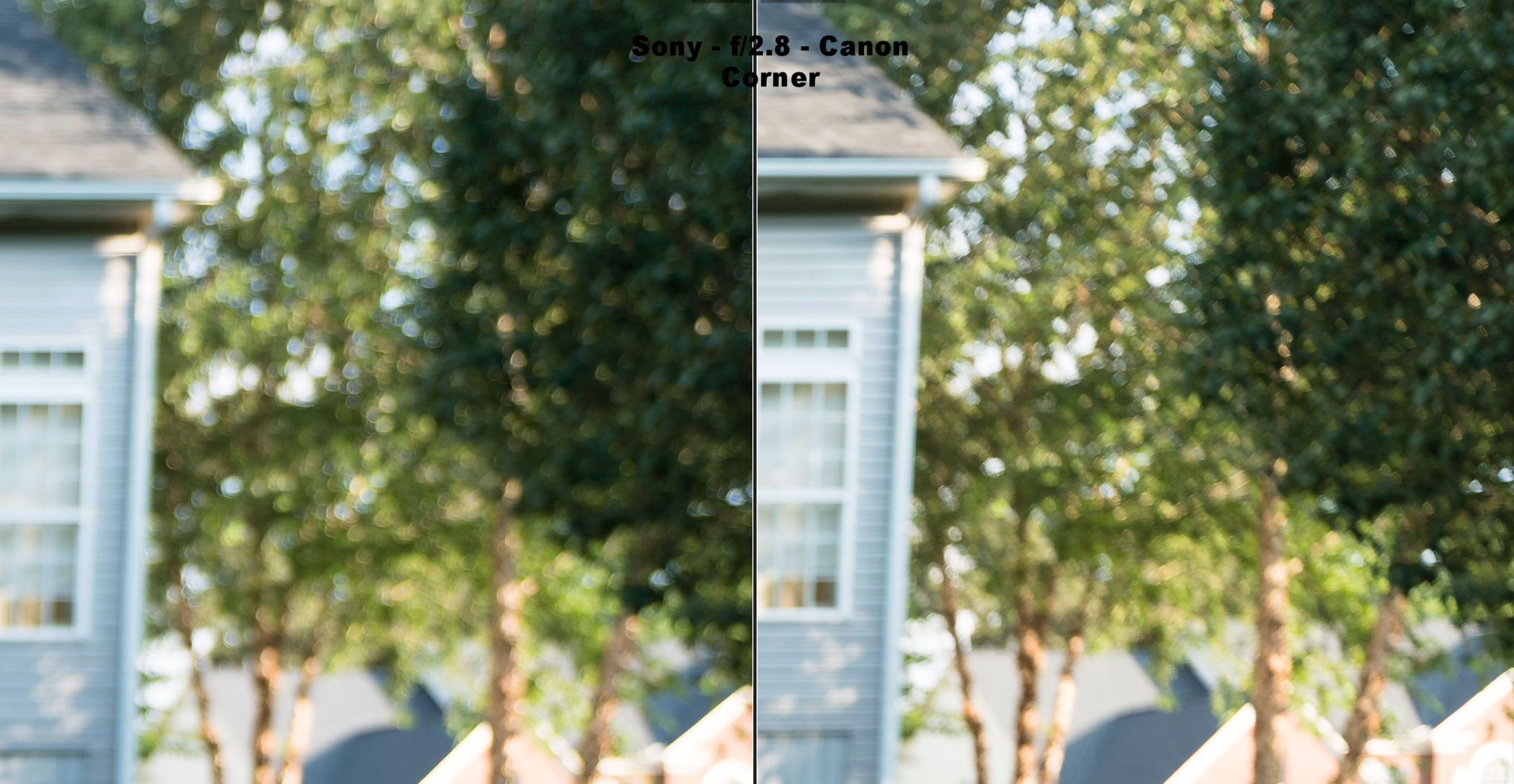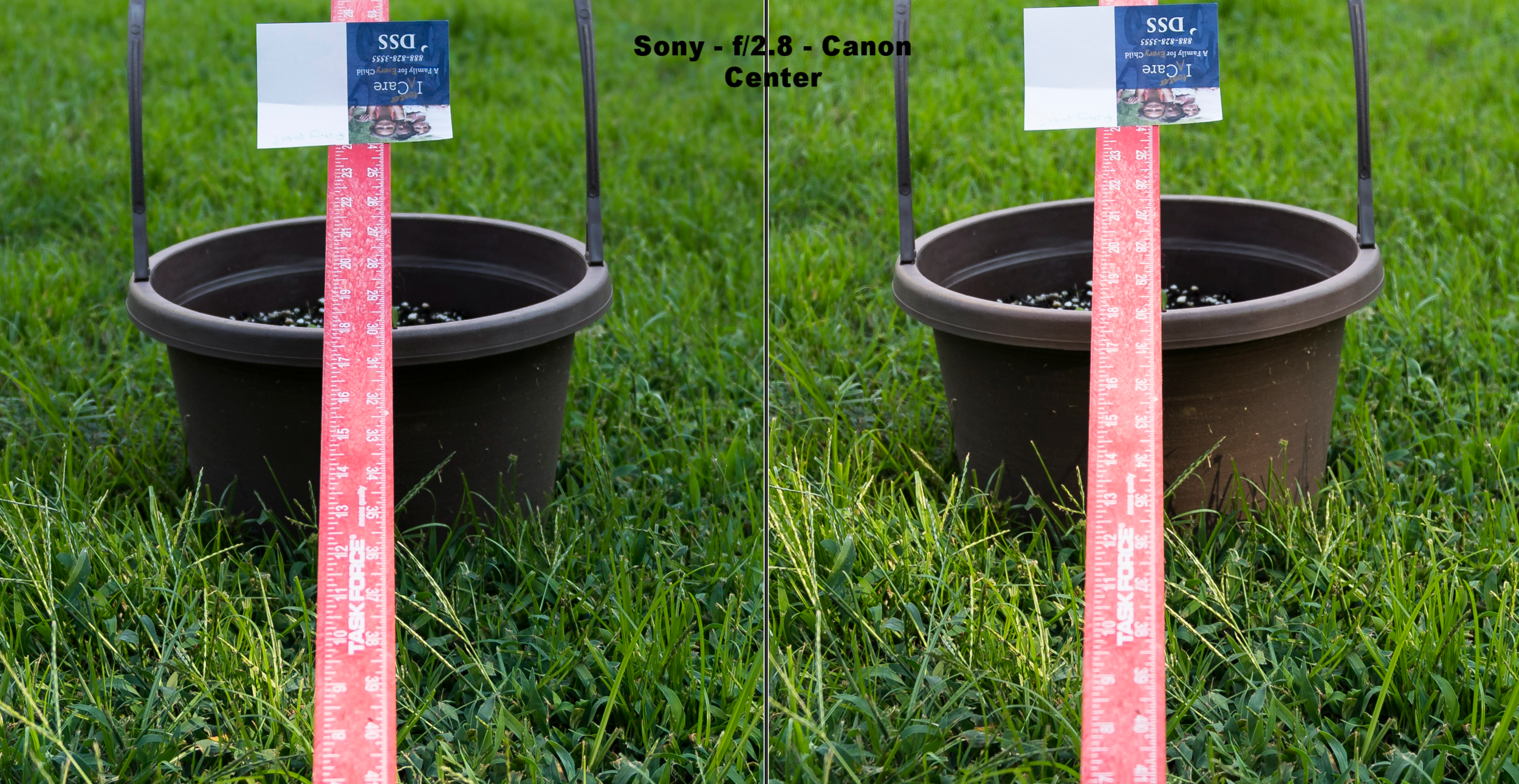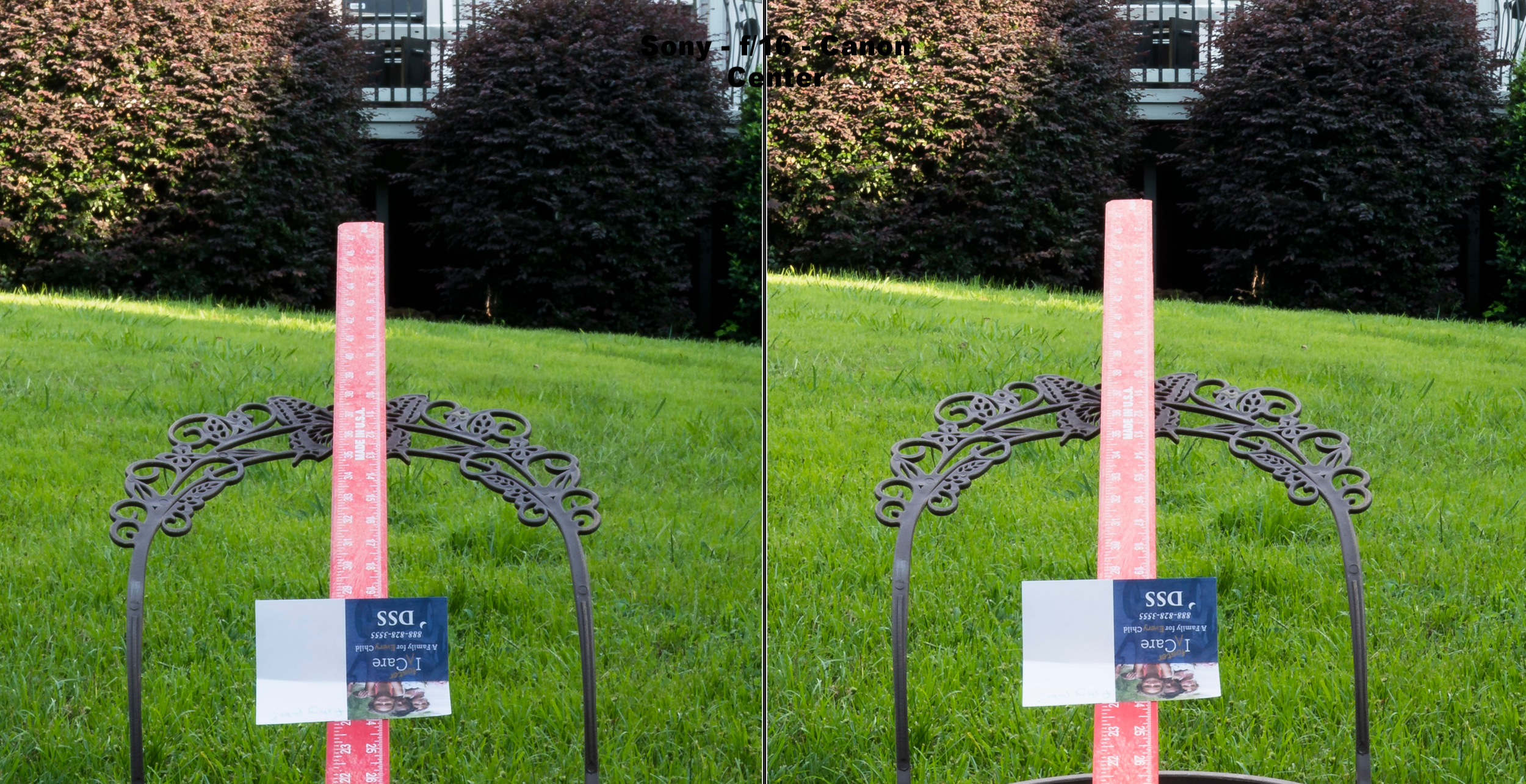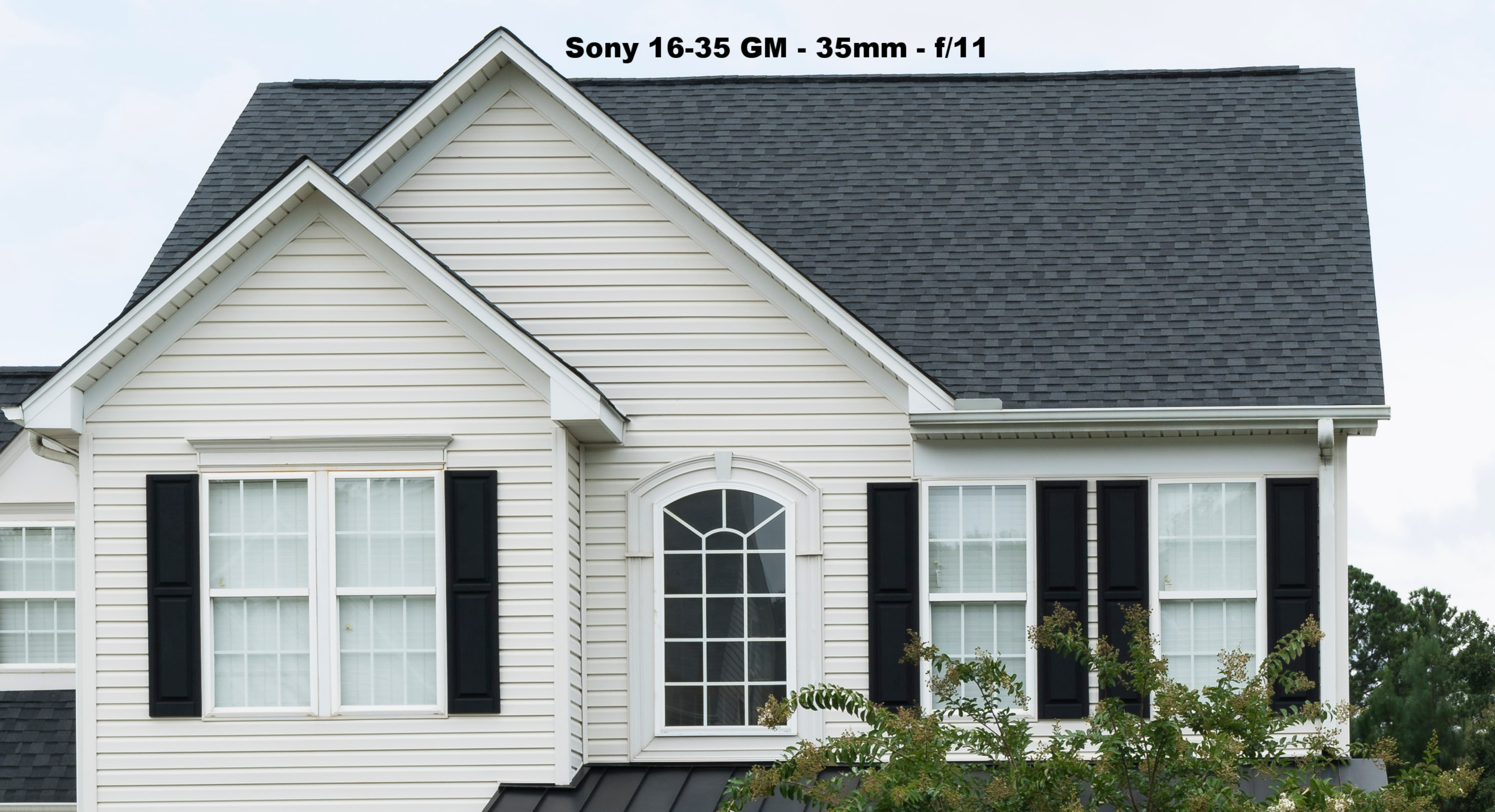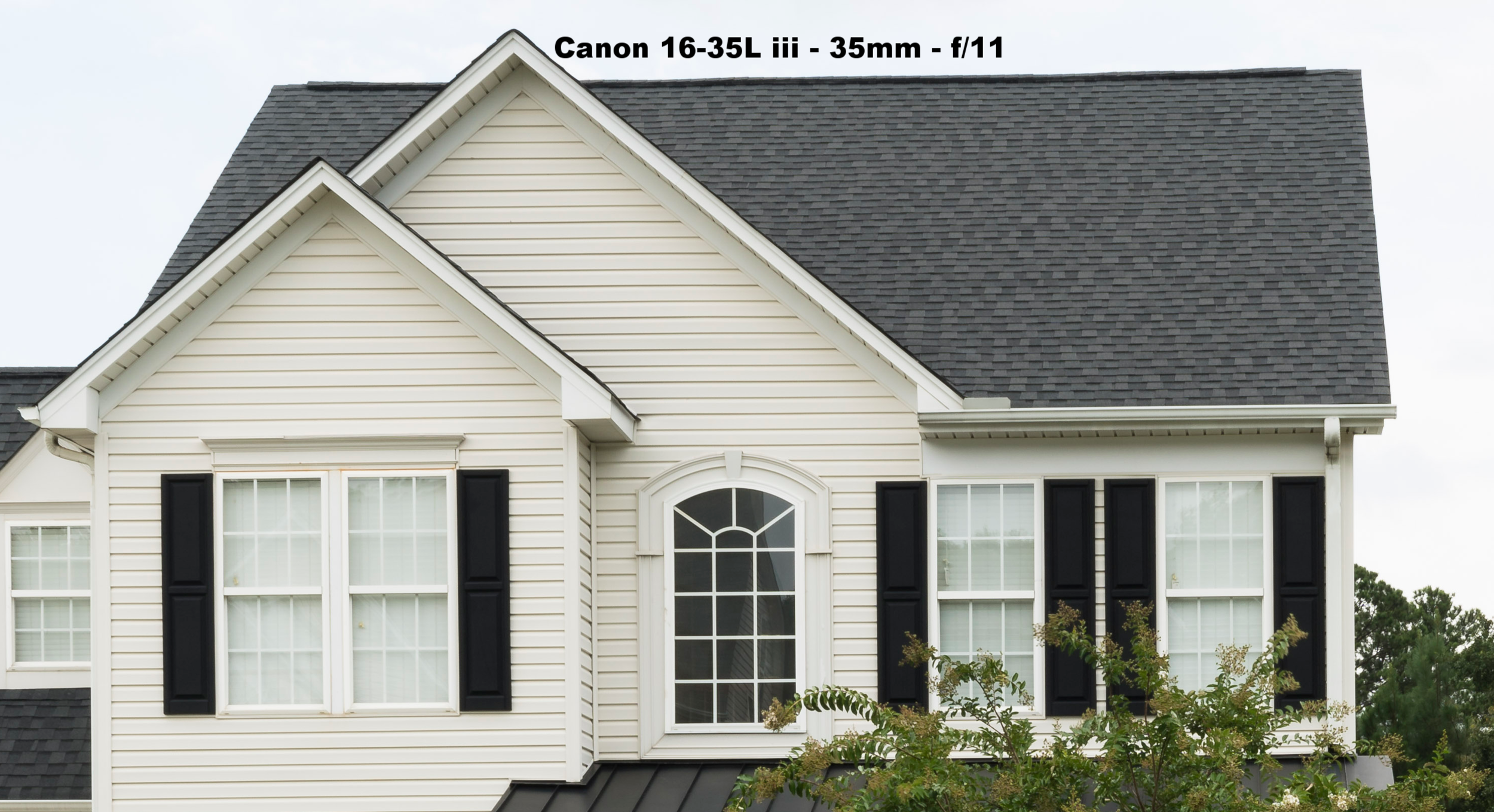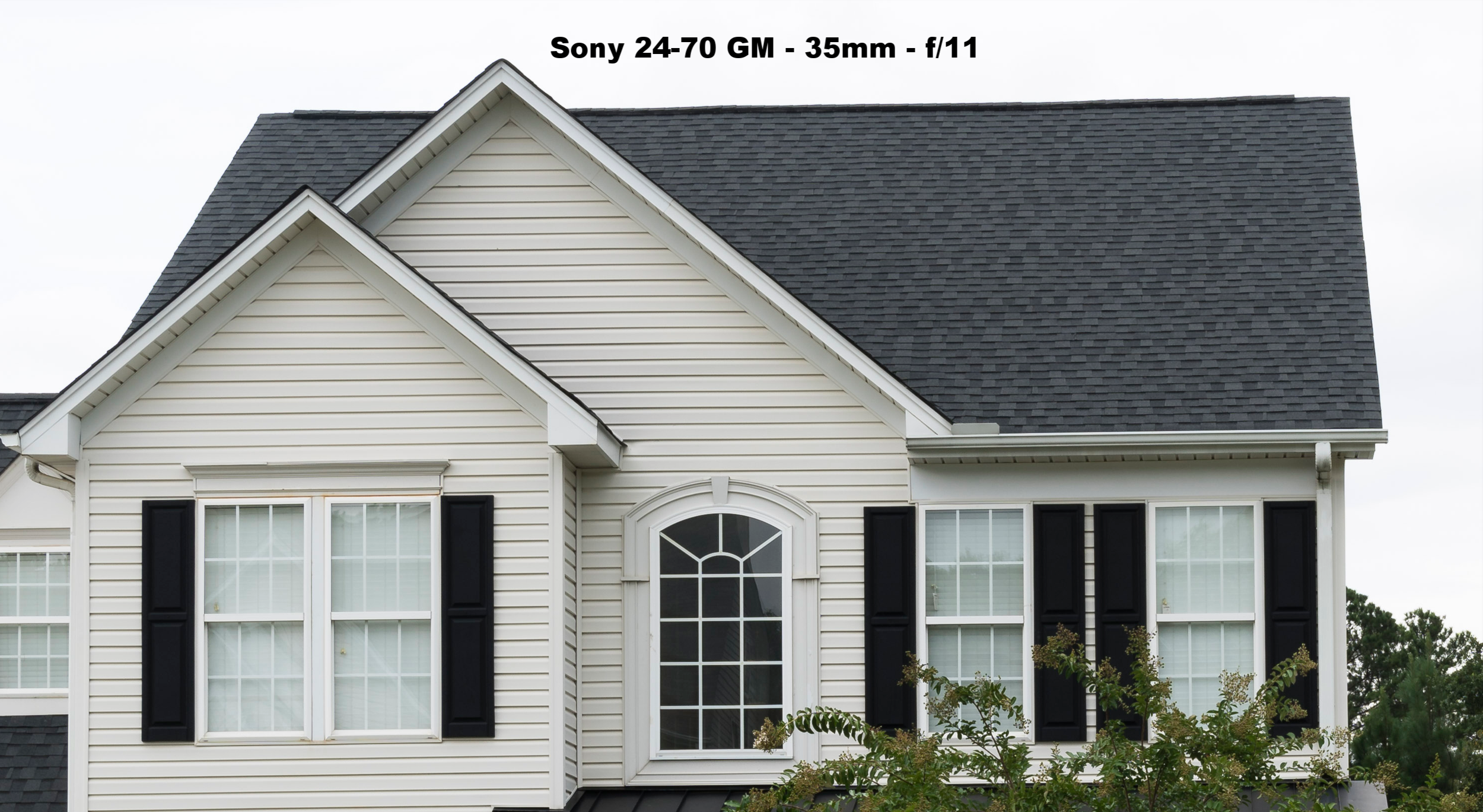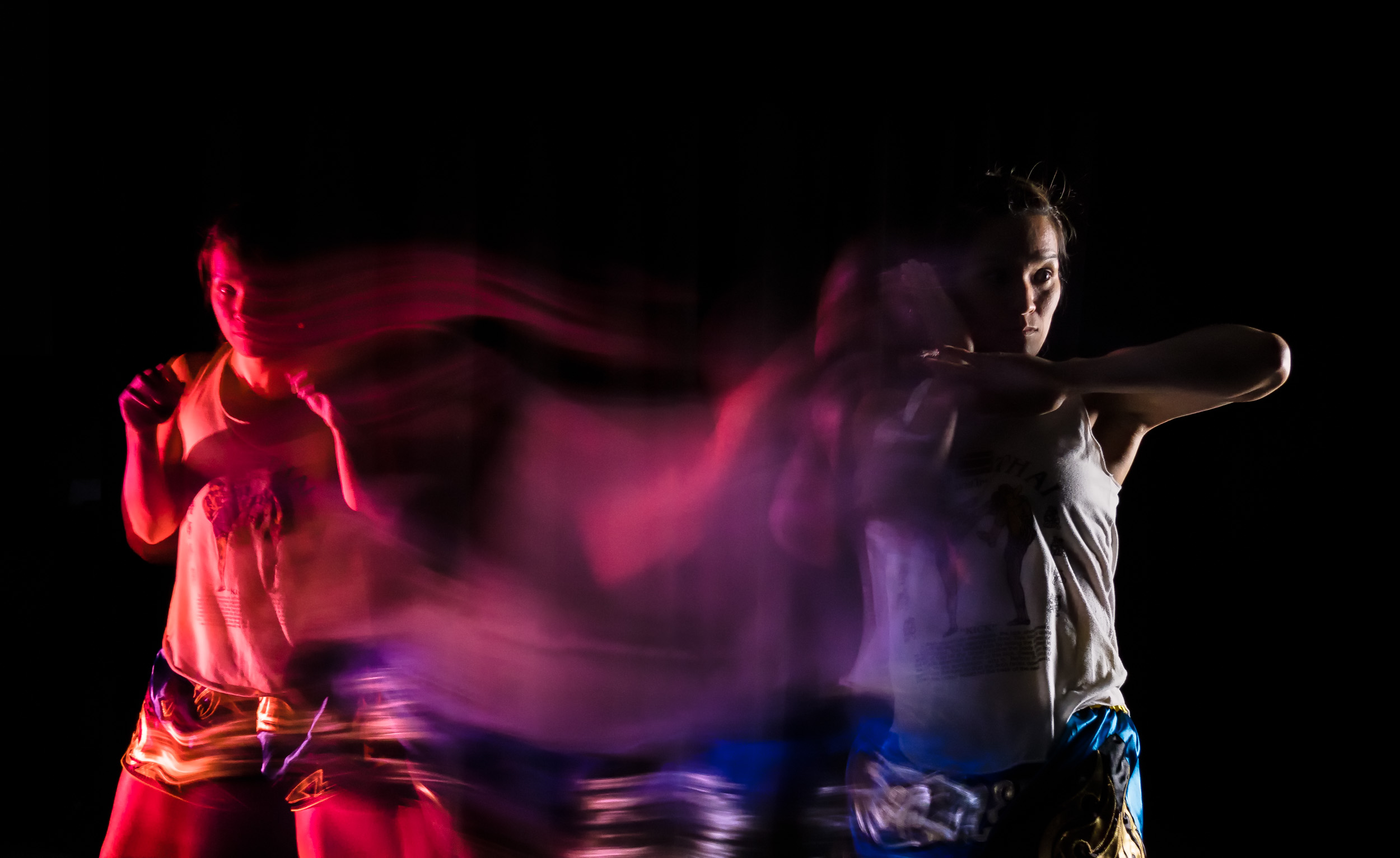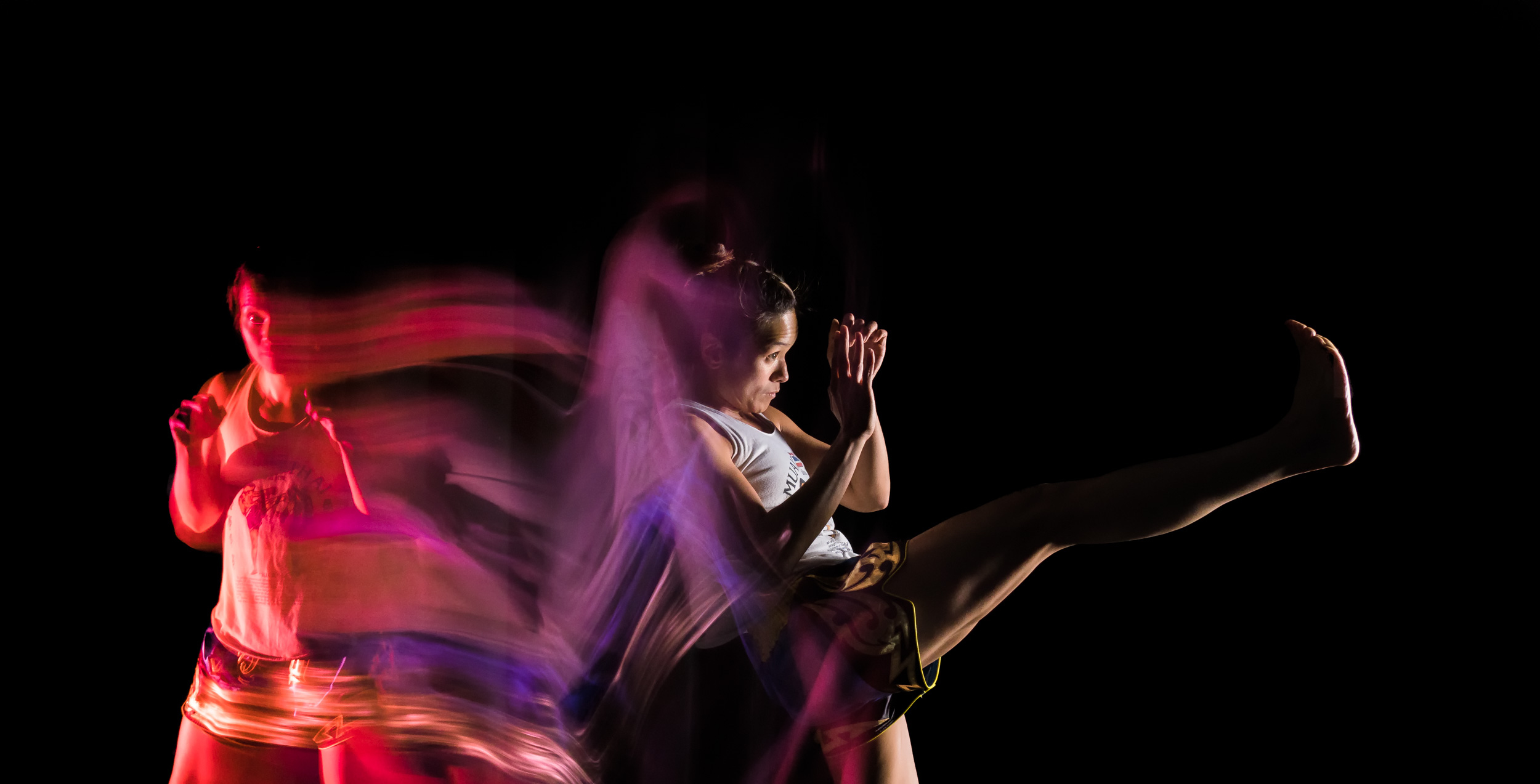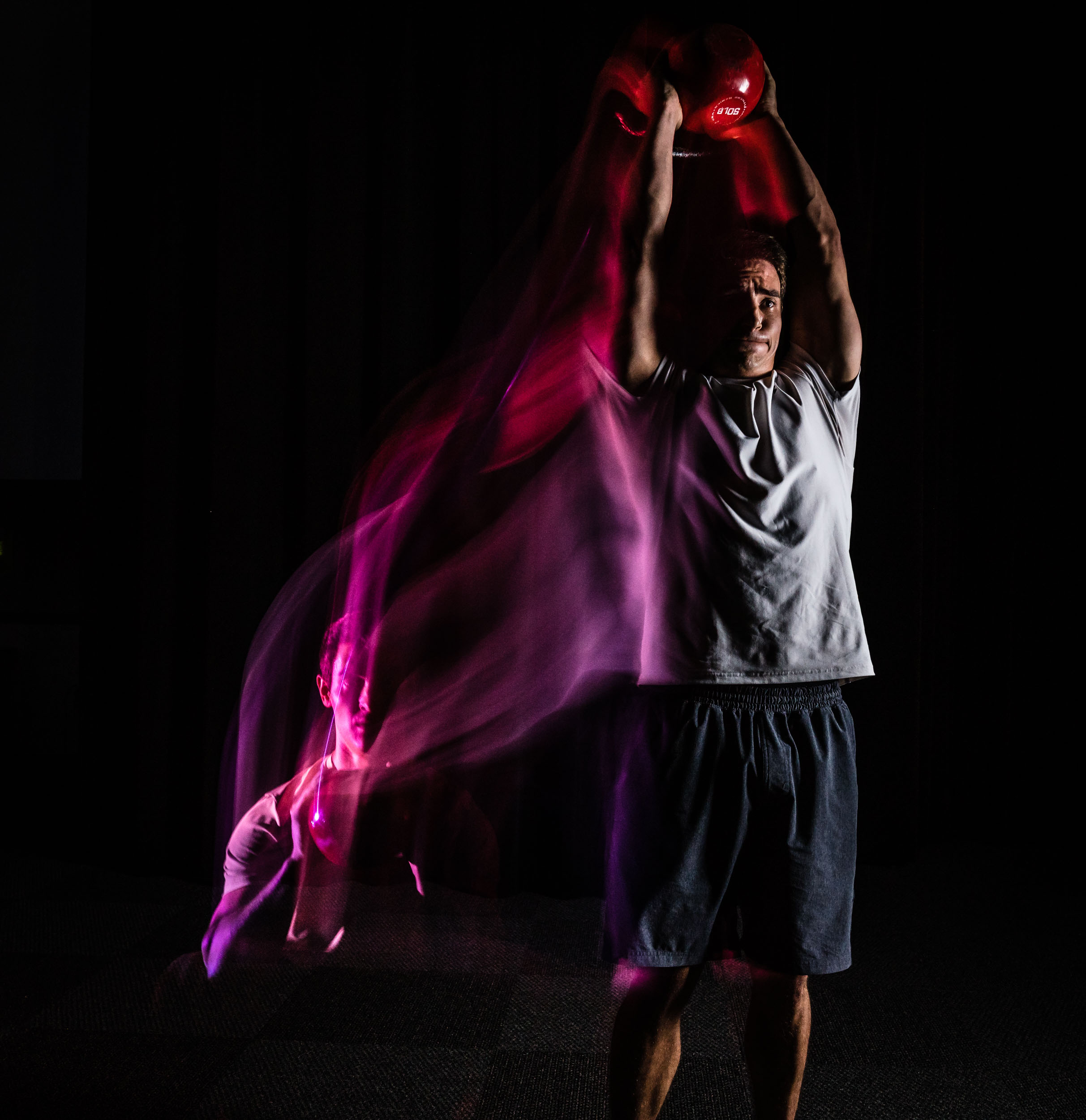My quest for an all around landscape and astrophotography lens continues as I recently received the Sony 16-35 f/2.8 GM lens. It has all the features I want in a wide angle lens for my Sony cameras but does it beat the Canon EF 16-35mm f/2.8L III USM?
In the Carolinas I like to photograph hidden places, waterfalls, and overlooks that don’t often have much room around them to compose a photo. Therefore a wide angle zoom lens is essential for me. I often camp or stay out after sunset to photograph the stars at night so I also need it to be able to shoot at f/2.8 as I don’t want to carry around a separate lens just for night photography.
The best one lens solution I had found so far was the Canon EF 16-35 f/2.8L III using the Sigma MC-11 adapter. The sharpness was amazing for stars at f/2.8 and landscapes at f/16. It has a mechanical manual focus ring with an accurately marked distance scale making it easy to check infinity focus in the dark at night. However the lens has a lot of vignetting, especially at f/2.8 for nightscapes, and correcting for it in Lightroom adds a lot of noise. While I prefer some vignette to draw the eye to the center of the frame, it was too much and it made panoramas difficult to merge without creating darker “bars” where the vignetting overlaps.
When I unboxed the Sony FE 16-35 f/2.8 GM lens I was initially surprised with how small and light it was. It is 1.5” shorter and roughly ¼ pound lighter than the Canon with the MC-11 adapter attached.
I'm not a professional lens tester but wanted to share these photos to help anyone considering purchasing this lens. These are taken out of Lightroom with minimal processing and 100% crops of the center and corners. I started out testing the lens against my garage door to check that the lens was well centered. I have had to return several Sony lenses for having one side out of focus versus the other. In my comparison I thought the Canon was sharper but I was happy that the Sony was even from side to side and had much less vignetting. There is also a noticeable difference in the color rendering with the Sony being a bit cooler.
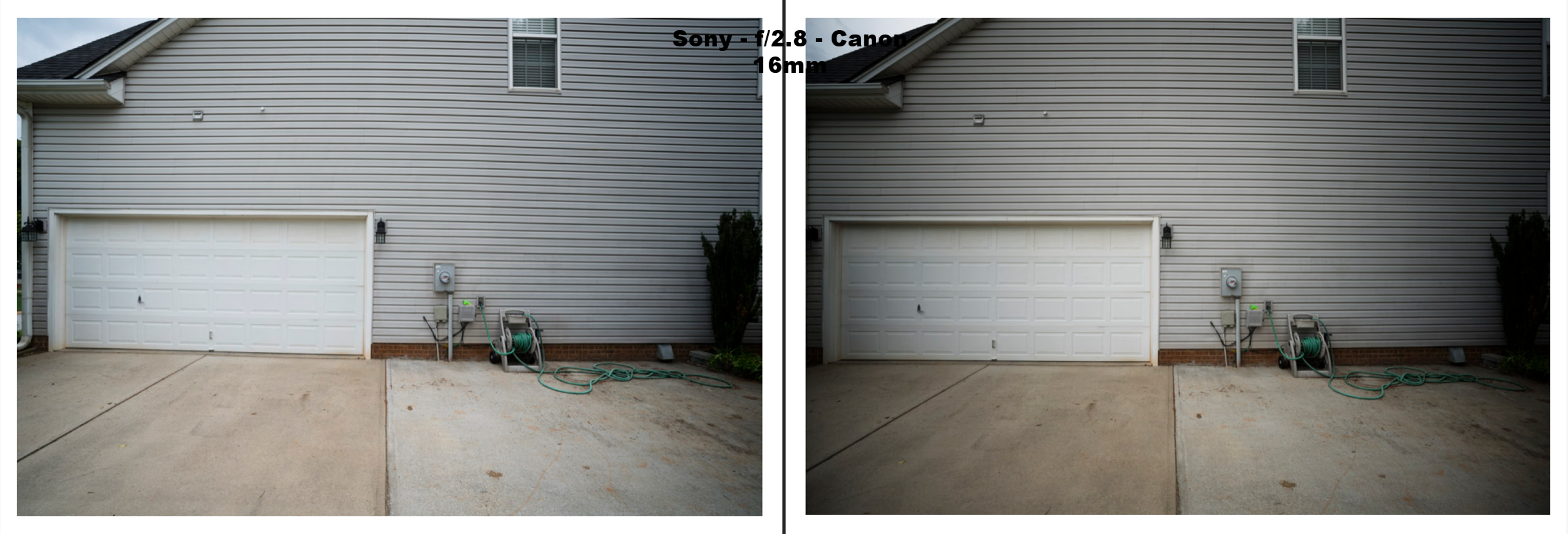
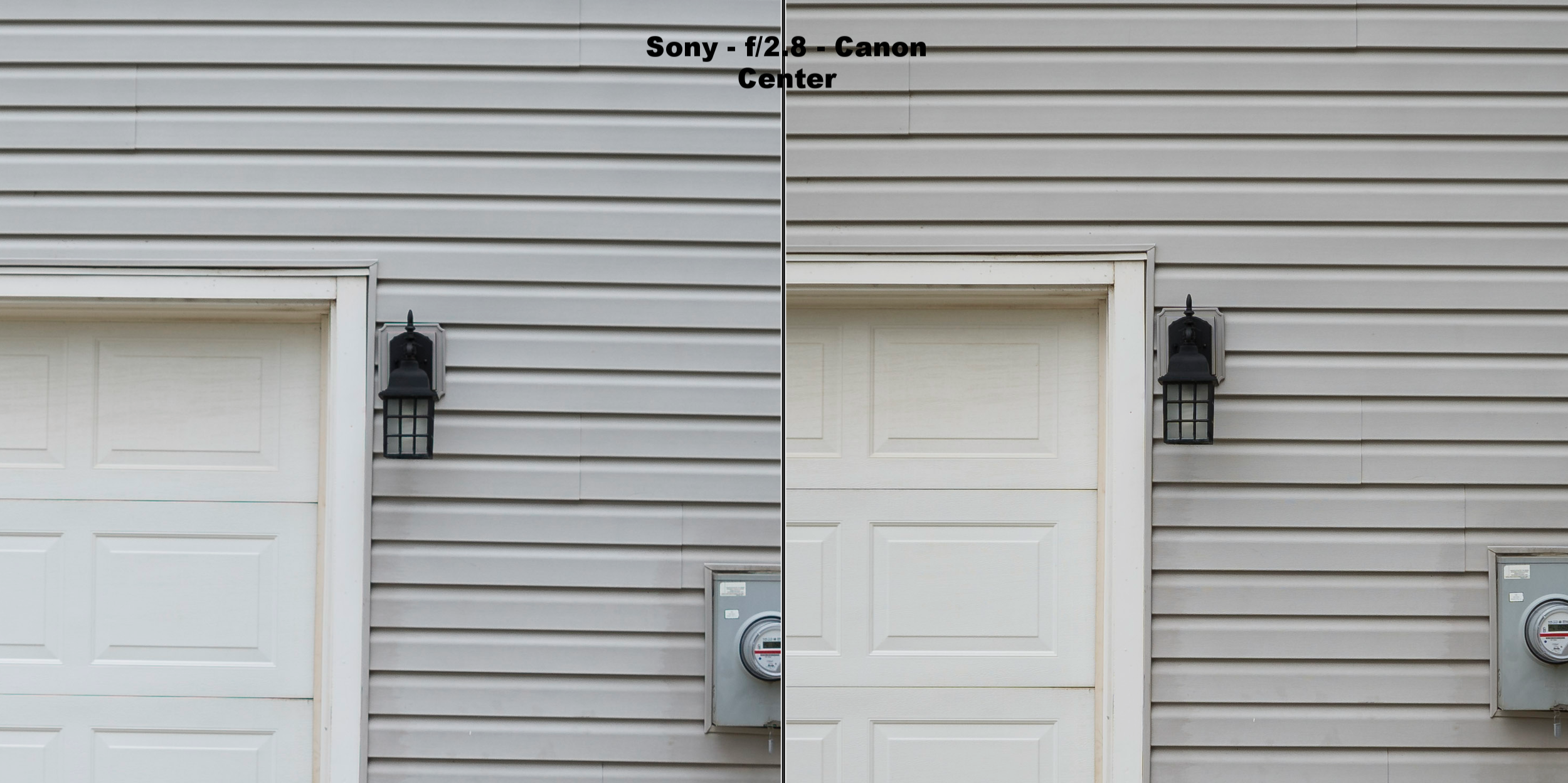
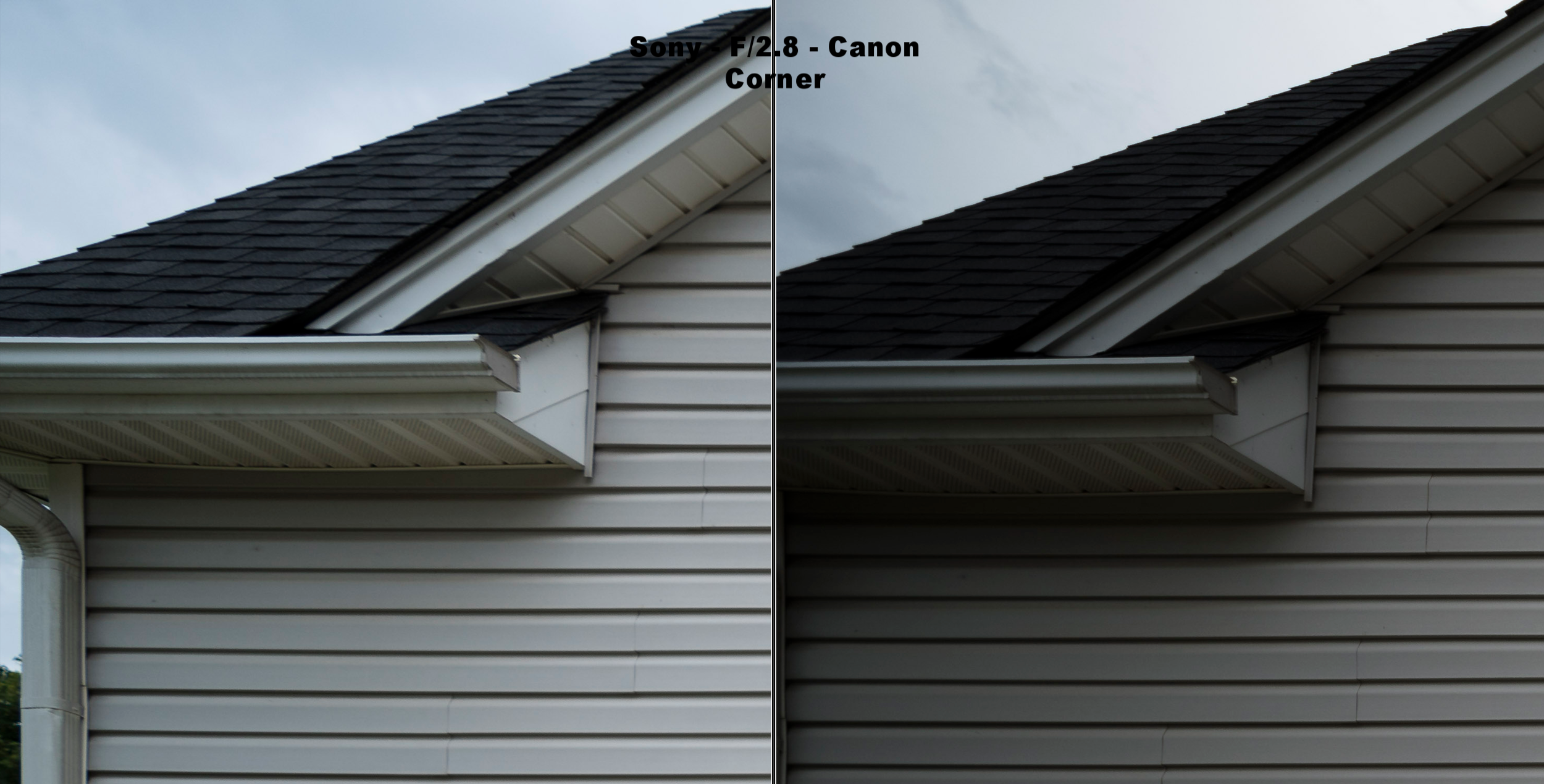


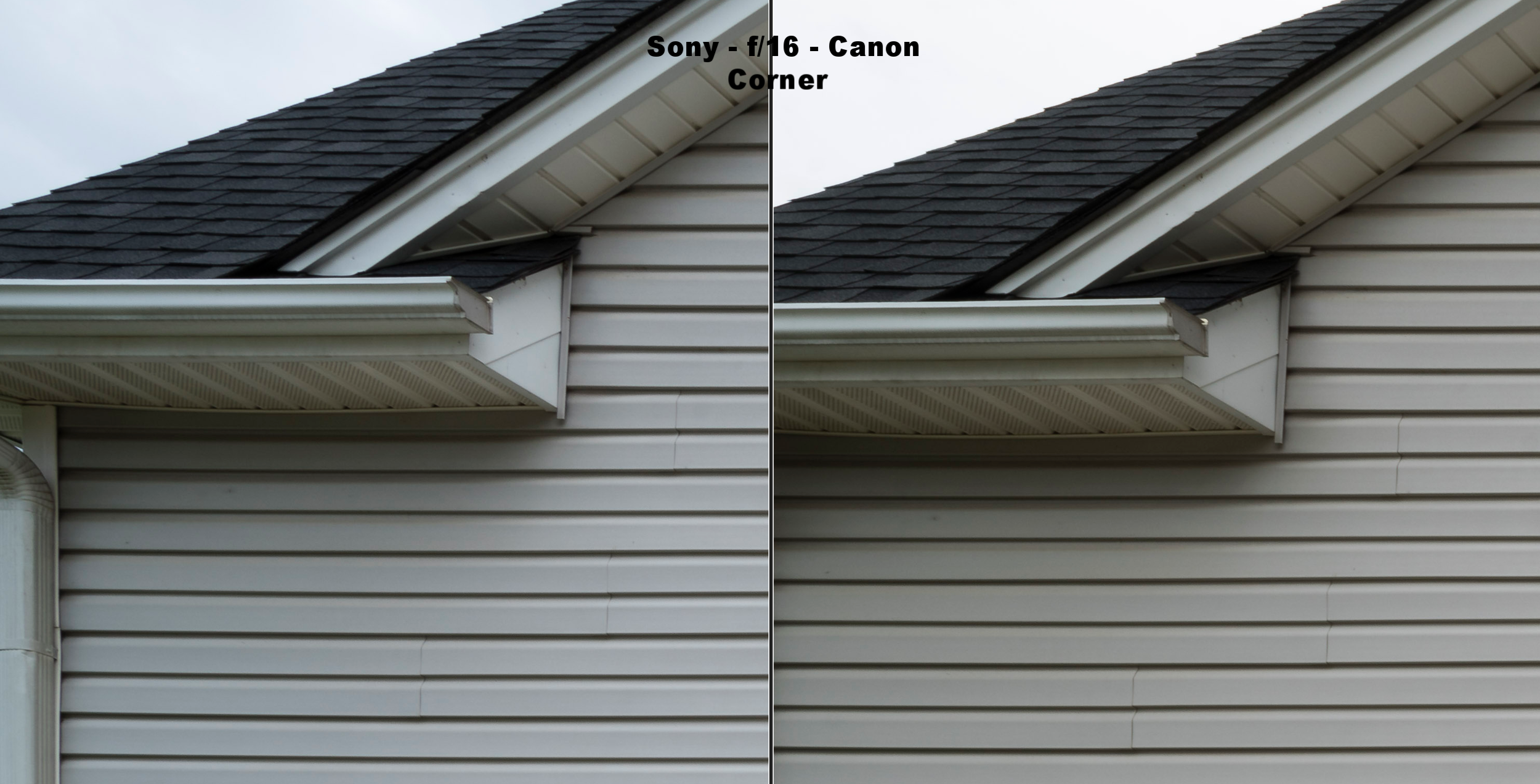
I tested 24mm out in my backyard. I did seem to notice the Sony lens tended to be front focusing slightly and put in a yardstick for comparison with the focus point on the sticky note. In the yard the Sony had more contrast and better bokeh.
I added a third lens to test at 35mm between the Sony 16-35 GM, Canon 16-35L iii, and Sony 24-70 GM. This is a 100% crop from each lens. The two Sony GM lenses had a similar look and surprisingly I thought the Sony 16-35 GM was the sharpest of the three.
Astrophotography was the one area I was really hoping for an improvement with the Sony 16-35 GM lens. I finally had a clear night to test both lenses at 24mm, 15 seconds, and f/2.8. I was very happy not to see any coma or distortion in the stars and the vignetting was improved.
In conclusion I'll be keeping the Sony 16-35 GM lens and selling the Canon. While I think the Canon 16-35L iii is slightly sharper in some instances the sharpness from the Sony is still excellent. I would also prefer the mechanical manual focus of the Canon but I thought the focus ring felt slightly stiffer than the Batis 18mm lens which I really didn't like the feel of. However I like the look of the colors and contrast from the Sony better, the smaller size, and less vignetting which more than make up for the other minor differences.



